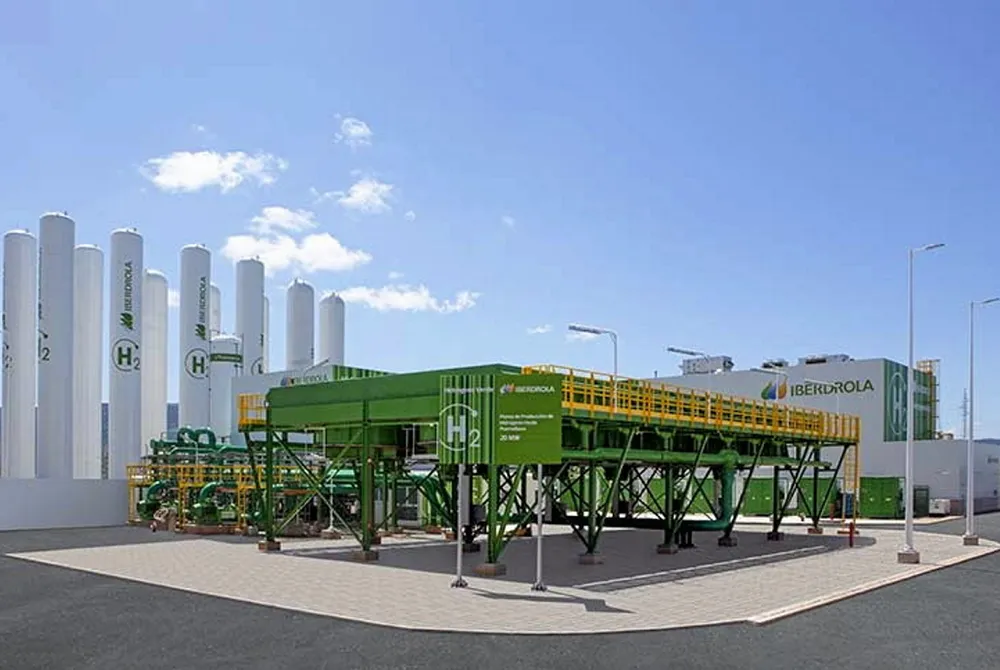BNEF: 'Expect delays to Australia's green hydrogen projects — investors don’t yet have confidence in H2 import demand'
A lack of concrete offtake agreements and specific government incentives could derail the timeline of some of Australia’s announced schemes
